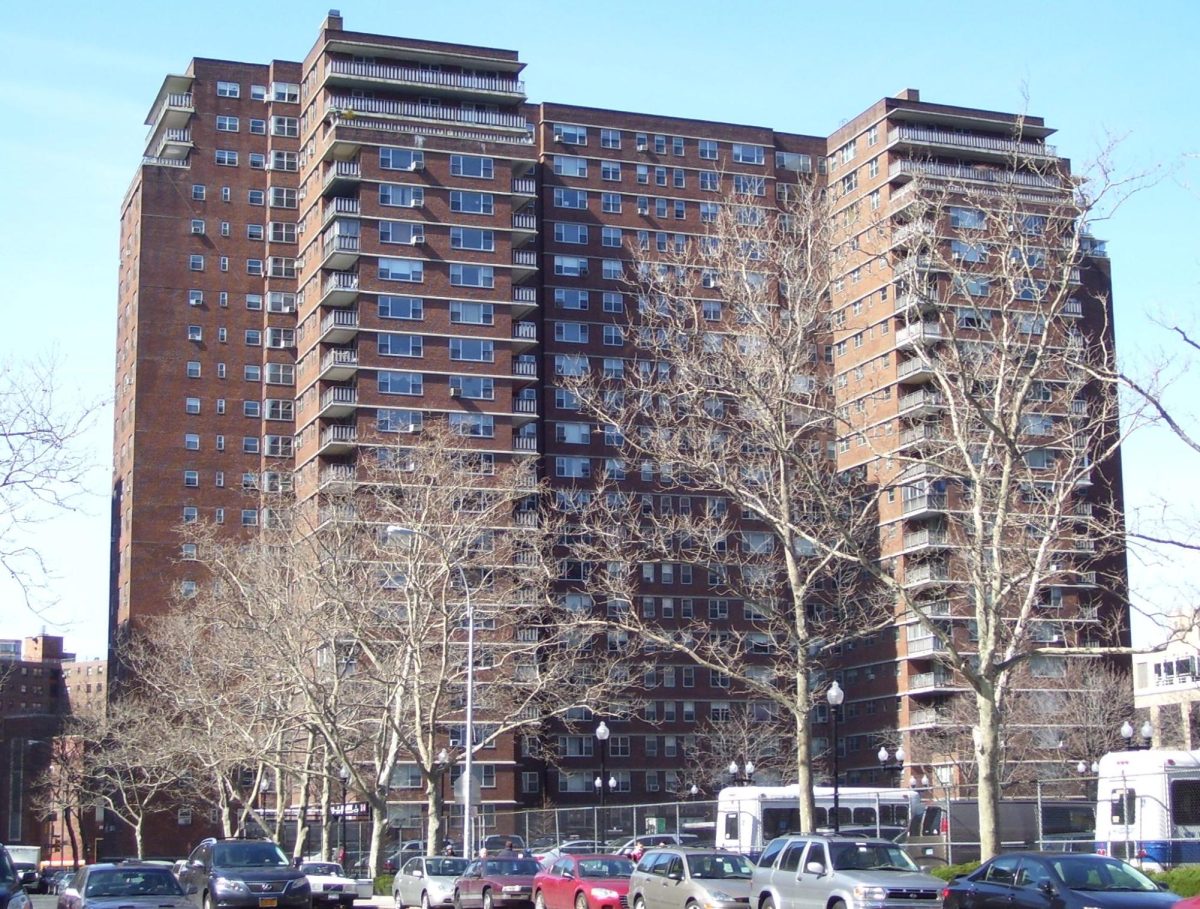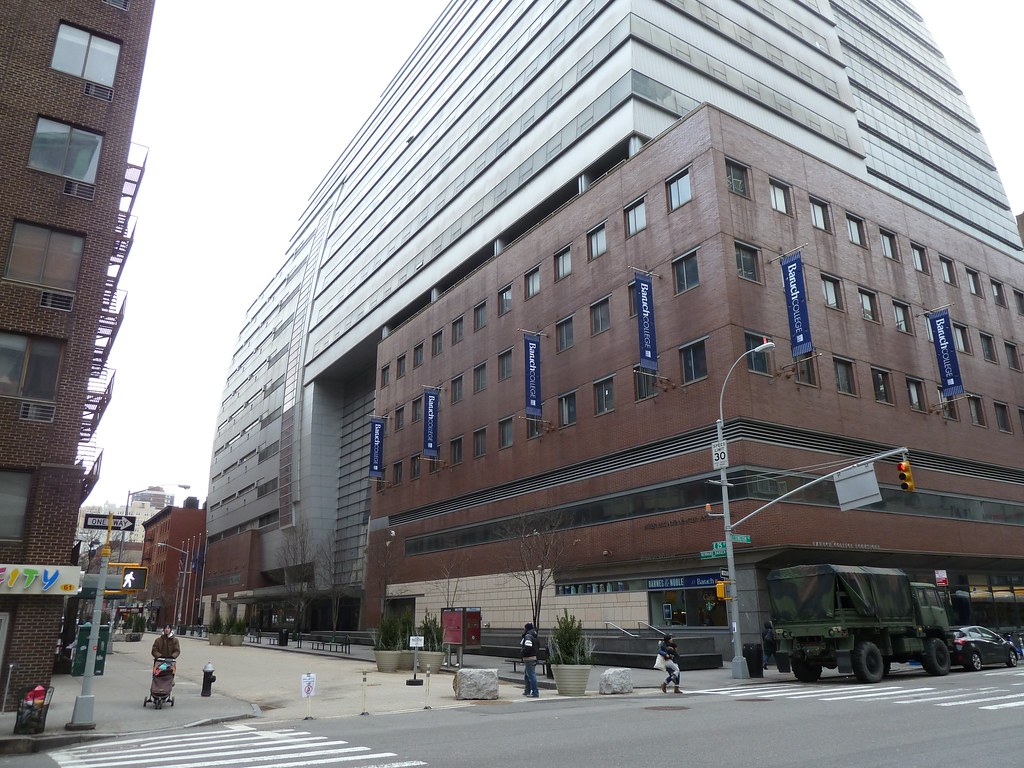The city needs to prioritize creating housing programs and funding the ones which have already been established, to help New Yorkers live comfortably in the neighborhoods they grew up in.
There have been significant increases in evictions and people entering shelter systems. However, as homeless rates rise, the city’s social services agency rejects tens of thousands of tenants that have applied for emergency assistance, sending countless families into crisis.
According to The New York Times, there is an affordability crisis that has been impacting New York City for the past two decades, as half of households don’t have enough money to keep their apartments, access food or basic health care necessities.
If remained unchecked, the city’s economy could be threatened if middle class workers and families would depart to live somewhere they can afford.
A decline in public-school enrollment which intensified during the pandemic when Black families were leaving the city over concerns about the cost of living, should be enough to motivate city officials to take action against the excessively high rents.
Gov. Kathy Hochul shared a plan to combat rising rents and the homelessness crisis in February, which was supported by housing experts and multiple pro-development groups.
Hochul focused on enticing cities to set housing growth targets but the plan collapsed in April when democratic lawmakers denied nearly every major housing proposal.
This is where New York officials must take action. Setting policies that encourage housing growth is necessary for people to be able to live in their city comfortably.
The New York State Emergency Rental Assistance Program–ERAP was intended to provide economic relief for households at risk of experiencing homelessness or housing instability.
For many, ERAP is a last resort to keeping their homes after falling behind on payments.
The problem at hand is that ERAP stopped accepting applications on Jan. 23.
The next line of defense would lead New Yorkers to engage in the “One-Shot Deal”, which offers immediate cash assistance to residents who can’t pay their bills because of a lost job, less pay from a job or an emergency such as an unexpected medical situation.
However, during the first nine months of 2022, the city’s Department of Social Services rejected two-thirds of the 50,585 applications it received. While there are programs in place to help New Yorkers with their housing needs, additional funds should be set aside to assist those in need during emergencies.
“Clients losing their apartments and going to stay at a shelter is something that the city doesn’t want because it costs more to house people in shelters than it is to keep people in their current apartments and stabilized,” Denise Acron, Director of Government Benefits at Manhattan Legal Services, said.
The elephant in the room also spotlights gentrification, which goes unmentioned. It is also crucial to protect communities of color that have built a culture and home in areas of Brooklyn, Queens and the Bronx. It is unfair to push families out of their houses and to silence them.
If Albany could agree to re-open the ERAP application, and to put more money into affordable housing, it could save many families. It’s cheaper to keep residents in their homes; not doing so would require revisiting the budget and including a higher percentage for housing.
New Yorkers should come first, always.












